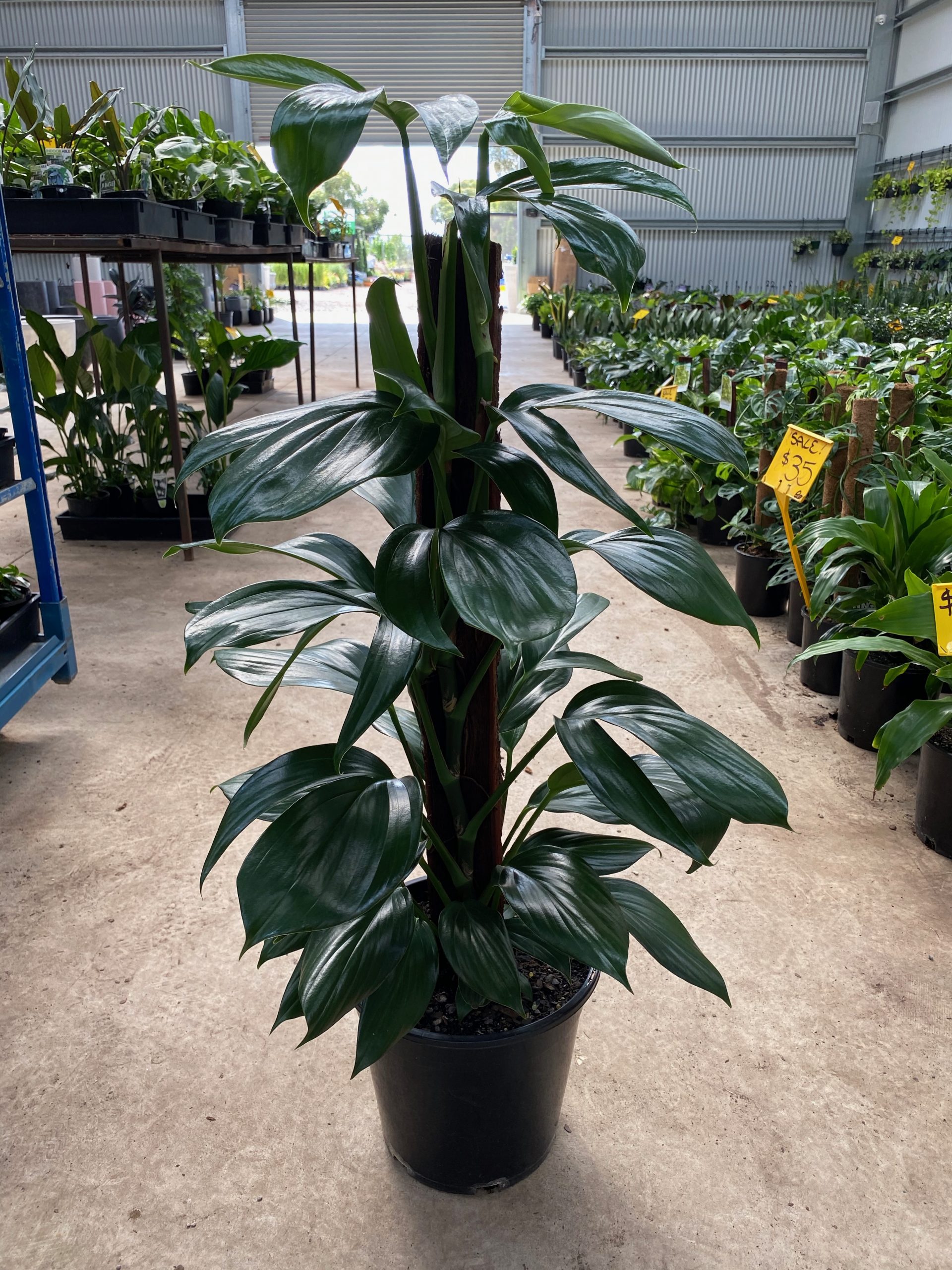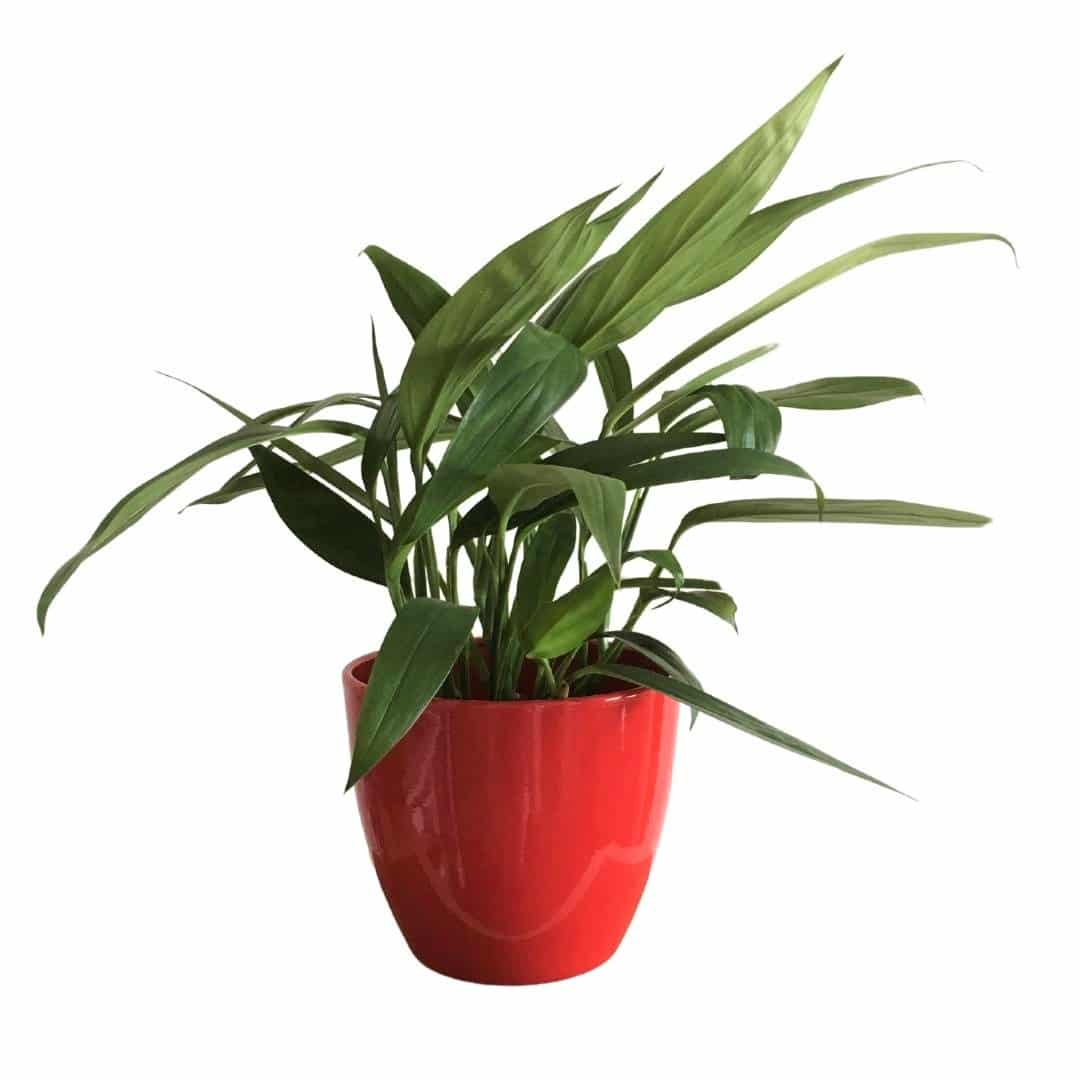Enrich Your Garden’s Splendor: A Guide To Propagating Vine Plants
Vine plants are an easy and rewarding way to add beauty and interest to your garden. With their lush foliage and colorful blooms, they can transform a plain space into a vibrant oasis. But if you’re new to gardening or simply want to expand your vine collection, propagating vine plants can seem like a daunting task. Don’t worry—this guide will walk you through everything you need to know to successfully propagate vines and create a garden you’ll love.
Overcoming Challenges in Vine Propagation
One of the biggest challenges in propagating vine plants is their size. Vines can grow to be very large, making it difficult to transplant them or propagate them from cuttings. Additionally, some vines are more difficult to propagate than others, and you may need to experiment with different methods to find one that works for you.
The Benefits of Propagating Vines
Despite the challenges, there are many benefits to propagating vine plants. By propagating your own vines, you can save money on purchasing new plants, create unique varieties, and preserve the genetics of your favorite vines. Additionally, propagating vines is a great way to learn more about the plants in your garden and develop your gardening skills.
Summary of Key Points
In this guide, we will cover the following topics:
- The different methods of propagating vine plants
- How to choose the right method for your vine
- Tips for successful vine propagation
- Troubleshooting common problems
A Personal Journey into Vine Propagation
My passion for gardening began when I inherited my grandmother’s old Victorian home. The house was surrounded by a beautiful garden, but it had fallen into disrepair. As I began to restore the garden, I discovered that many of the vines had grown wild and needed to be propagated. At first, I was intimidated by the task, but I soon realized that propagating vines was not as difficult as I had imagined. With a little research and practice, I was able to successfully propagate several varieties of vines, including clematis, honeysuckle, and wisteria.
Propagating vines has become one of my favorite gardening activities. It’s a great way to create new plants for my garden, and it’s also a way to preserve the heritage of my grandmother’s home. I encourage you to give vine propagation a try. With a little patience and care, you can create a beautiful garden filled with lush vines.

The History and Myth of Vine Propagation
The art of vine propagation has been practiced for centuries. In ancient Greece, vines were considered sacred to the god Dionysus, and they were often used in religious ceremonies. The Romans also cultivated vines, and they believed that wine made from vines that had been propagated from cuttings was of a higher quality than wine made from vines that had been grown from seeds.
In the Middle Ages, vines were introduced to Europe by the Crusaders. Vines quickly became popular in Europe, and they were soon grown in gardens and vineyards throughout the continent. Today, vines are grown all over the world, and they are used for a variety of purposes, including winemaking, landscaping, and food.

Hidden Secrets of Vine Propagation
There are many different ways to propagate vine plants. Some of the most common methods include:
- Stem cuttings: This is the most common method of propagating vines. To take a stem cutting, simply cut a piece of stem from a healthy vine and remove the leaves from the bottom inch or two. Then, insert the cutting into a pot filled with moist potting mix. Keep the cutting moist and in a warm, sunny location, and it will soon develop roots.
- Layering: This method involves bending a branch of a vine down to the ground and covering it with soil. The branch will eventually develop roots, and you can then cut it away from the parent plant and transplant it to a new location.
- Grafting: This method involves joining two pieces of vine together. The rootstock is the bottom part of the graft, and the scion is the top part. Grafting is a more advanced technique, but it can be used to create new varieties of vines.
The best method of propagating a vine will depend on the type of vine and the desired results. For example, stem cuttings are a good option for most types of vines, but layering is a better option for vines that are difficult to root from cuttings. Grafting is a good option for creating new varieties of vines.

Recommendations for Successful Vine Propagation
Here are a few tips for successful vine propagation:
- Use sharp, clean tools when taking cuttings or grafting.
- Keep the cuttings or grafts moist and in a warm, sunny location.
- Be patient. It can take several weeks or even months for vines to develop roots.
- Don’t give up if your first attempt at vine propagation is unsuccessful. Try again with a different method or a different type of vine.
With a little patience and care, you can successfully propagate vine plants and create a beautiful garden filled with lush vines.

Tips for Caring for Vine Plants
Once you have successfully propagated your vine plants, it is important to care for them properly so that they can thrive. Here are a few tips:
- Water your vine plants regularly, especially during hot, dry weather.
- Fertilize your vine plants every few months with a balanced fertilizer.
- Prune your vine plants regularly to encourage new growth and flowering.
- Protect your vine plants from pests and diseases.
By following these tips, you can help your vine plants to grow healthy and strong.

Fun Facts About Vine Plants
Here are a few fun facts about vine plants:
- Vines are the only type of plant that can climb vertical surfaces.
- Vines can grow to be very long. The longest vine in the world is a Wisteria vine in Japan that is over 1,000 feet long.
- Vines are a valuable food source for many animals, including birds, bats, and monkeys.
- Vines can be used to create a variety of products, including wine, vinegar, and rope.
Vines are fascinating plants with a long history and many uses. By understanding the basics of vine propagation, you can create a beautiful garden filled with lush vines that will provide you with years of enjoyment.

How to Propagate Vine Plants
Propagating vine plants is a great way to create new plants for your garden or to share with friends. There are several different methods for propagating vines, including stem cuttings, layering, and grafting. The best method for you will depend on the type of vine you are propagating and the desired results.
Stem cuttings are the most common method of propagating vines. To take a stem cutting, simply cut a piece of stem from a healthy vine and remove the leaves from the bottom inch or two. Then, insert the cutting into a pot filled with moist potting mix. Keep the cutting moist and in a warm, sunny location, and it will soon develop roots.
Layering is another easy method of propagating vines. To layer a vine, simply bend a branch down to the ground and cover it with soil. The branch will eventually develop roots, and you can then cut it away from the parent plant and transplant it to a new location.
Grafting is a more advanced method of propagating vines. Grafting involves joining two pieces of vine together. The rootstock is the bottom part of the graft, and the scion is the top part. Grafting is a good option for creating new varieties of vines.

What If…
Here are a few things to consider if you are thinking about propagating vine plants:
- What type of vine do you want to propagate? There are many different types of vines, so it is important to choose one that is well-suited to your climate and growing conditions.
- What is the best method of propagation for the type of vine you want to propagate? The best method of propagation will depend on the type of vine and the desired results.
- Do you have the time and resources to properly care for the vine plants? Vines can be high-maintenance plants, so it is important to make sure you have the time and resources to properly care for them.
If you are able to answer these questions, then you are well on your way to successfully propagating vine plants.















